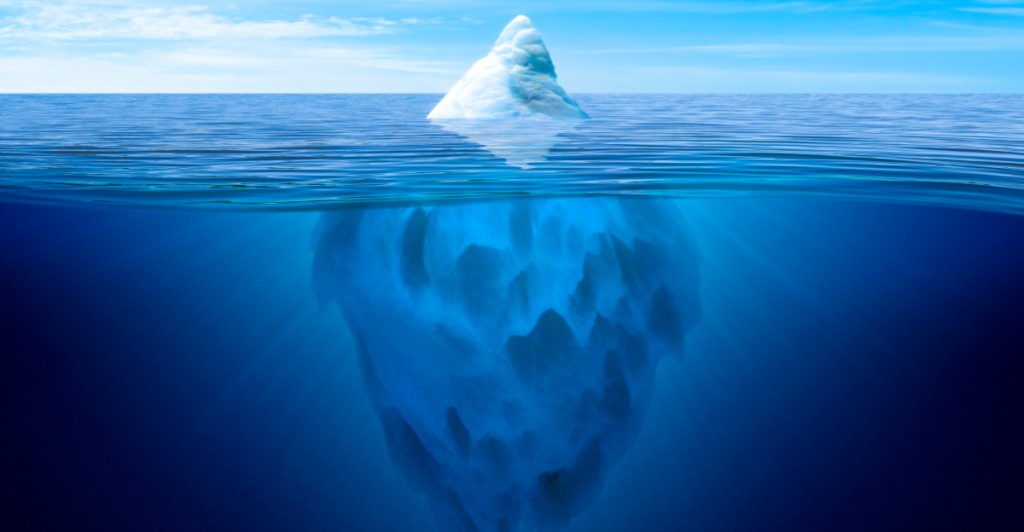
For centuries, a giant chunk of the bottom of the Antarctic ocean was masked by an impassable wall of ice. And then, on January 13, 2025, it happened: the huge A-84 iceberg, as large as Chicago, calved away from the George VI Ice Shelf. What stood underneath? A group of scientists with the latest technology, having no time to lose, moved in to investigate the newly revealed depths. What they discovered was more than they could have imagined: an undisturbed ecosystem thriving in the black waters, full of unfamiliar creatures. How had life thrived in total darkness, isolated from the world outside? And what does this reveal about the investigation of climate science? Let’s dig in.
The Birth of an Ice Giant

Measuring 510 square kilometers in a stunning split from the ice shelf, A-84’s spectacular divergence from the ice shelf opened up a world previously unseen by modern eyes. Scientists aboard the R/V Falkor (too) eagerly seized the chance to investigate the seabed that had remained concealed for centuries.
Cutting-Edge Exploration

With the remotely operated vehicle (ROV) SuBastian, the team set out on an eight-day deep-sea voyage, plunging to 1,300 meters. The objective was to discover what, if anything, dwelled in the icy depths below Antarctica’s floating ice shelves.
An Unexpected Ecosystem

Despite slim odds, scientists found a community of sea animals with incredibly colored appearances. Corals and sponges sheltered icefish, giant sea spiders, as well as a giant phantom jellyfish, whose ghostly shape had never before been discovered in these oceans.
Life in the Dark

How are these organisms surviving in an ecosystem devoid of sun? Scientists think ocean currents bring essential nutrients under the ice, and these feed life in this removed world. Well-adjusted monster-sized animals could mean that this ecosystem has existed for centuries.
New Species Waiting To Be Discovered

Expedition members state that many of the discovered animals are still unknown to the world of science. The discovery opposes earlier scientific speculations over the existence of life under Antarctic ice shelves and creates an expansive scenario for further research.
Ice Clues to Climate

As an added surprise from its biology, this flight is illuminating Antarctica’s climatic past. Scientists hope that by examining geological clues left behind by the melting ice sheet, they will gain a better idea of future ice melting and sea levels.
Glacial Meltwater’s Role

Team gliders have monitored an uptick in glacial meltwater. The results are revealing for studies on the impact of melting ice on ocean flow and the effects on the global climate.
The Bigger Picture

The expedition is under the aegis of Challenger 150, an international deep-sea exploration program. The team’s discovery of such a peculiar ecosystem says a lot about the necessity for ongoing exploration and conservation of the globe’s farthest reaches.
A Rare Opportunity

“Being there when this iceberg calved gave us a once-in-a-lifetime chance to witness an untouched world,” says Schmidt Ocean Institute’s Dr. Jyotika Virmani. “These serendipitous moments are what make ocean research so thrilling.”
What Lies Beneath?

With each new find, Antarctica’s secrets gradually unravel. What else could be lurking beneath its icy surface? As scientists dig, they continue to realise how many more tricks the icy continent still has up its sleeve.
Explore more of our trending stories and hit Follow to keep them coming to your feed!

Don’t miss out on more stories like this! Hit the Follow button at the top of this article to stay updated with the latest news. Share your thoughts in the comments—we’d love to hear from you!







